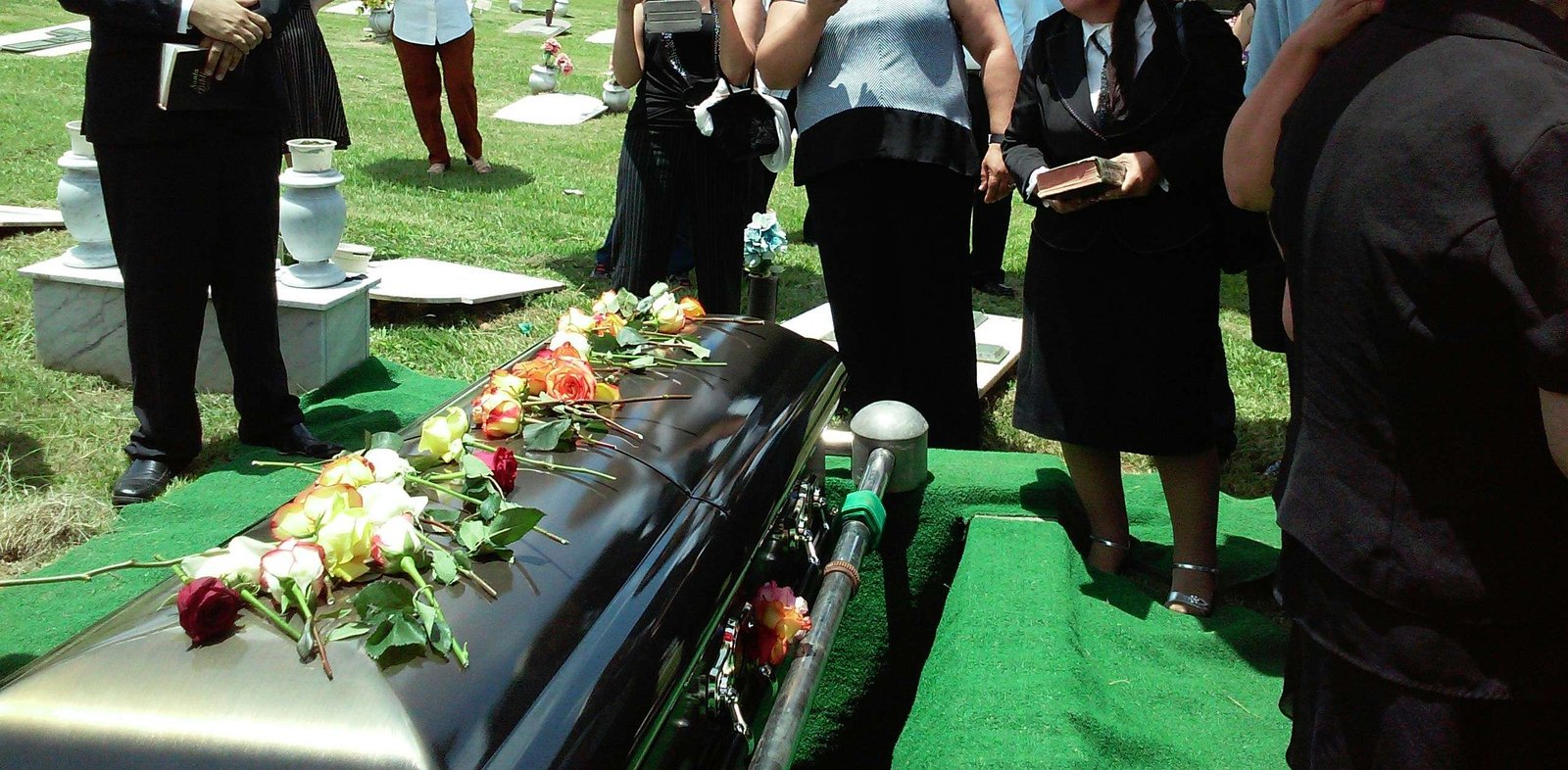
What is a Crypt?
The Structure and Purpose of Crypts in Cemeteries
What is a Crypt?
Unfortunately, at least some cemeteries have had their development limited by social pressures like a lack of land space or economics. One solution that many cemeteries have adopted, is the use of Crypts, which are common in US cemetery architectures to store the dead. A crypt can be broadly described as a combination of a tomb, or sarcophagus and a mausoleum, with chambers made to cut down on land consumption. The primary purpose of a crypt, which is frequently referred to as a tomb or mausoleum, is to house and memorialise the deceased Remains There are many such spaces created to confine corpses and ashes, similar to a simple vault or a cash deposit in a bank. There are two main types of crypts found – open and closed crypts. Closed ones are entirely harnessed and sealed for safety purposes, while open ones are accessible for viewing. Crypts are usually made of stone, marble, concrete or composite materials.
The creation of crypts can be traced in history to many traditions worldwide. ‘Interred in a Crypt’, said the custom which was common in Ancient Rome as a means of remembrance in one’s family. This was later perfected to what we know as the crypt becoming an essential practice in cultures and religions. They are not just constructions, but structures filled with the meaning of the loss, places where relatives can go to and honour the dead that meant something for them and their families.
Mausoleum, vault, and crypt might be described in similar words but even an amateur can tell that they were developed to perform different functions. A mausoleum is bigger and usually occupied by a few individuals while the vault is smaller with only one casket placed inside which is meant to be buried out of sight. All in all, the typical crypt is often found in the cemetery to fulfil its function as well as the meaning behind an eternally cherished space.
Types of Crypts
Crypts are common features in most cemeteries across the globe, but come in distinct varieties that are determined by their usage or the culture. Of these, one type that stands out in a majority of cases are the family crypts. As the name suggests, this type is meant for housing several members of a family in a single place, maintaining family ties even after death. Constructed from sturdy, often expensive, materials such as marble or granite, family crypts can be aesthetically quite complex and represent an individual’s, or a family’s, lineage. The economic burden of acquiring a family crypt also varies from time to time, depending on what materials were used and what complexity the structure had, making them the most expensive option available for aspiring families.
Along the same lines, community crypts are equally relevant and worth noting because they come as a form of a cemetery within a community setting as opposed to family plots which are enclosed in a compound. These crypts are useful in storing the remains of assorted persons that may or may not have any relatives with an appropriate burial space. Compared to family crypts, community variety is relatively cheap hence making it easier for people and families. The mass grave style of burial offers a shared public space for all of those interred in it, which tends to unify all of the families who lost their loved ones. Community crypts may lack more intricate design work and materials due to their more functional and basic nature, nevertheless, they pay tribute to besides the ones buried in them in other forms.
In addition to the above, there is a wide range of tombs located within mausoleums, which are internally located. The term “Mausoleum” refers to the burial building erected over the remains of families or individuals, it is usually above ground and often of a considerable size and ornate. Although grandiose and oftentimes gorgeously landscaped, they may be quite expensive because of the magnificence of the mausoleum’s and the garden’s imagery; nevertheless, they are a stylish substitute for burials. There are also regional differences in the design and function of the crypts. For example, some countries have no ground-lickers so they prefer above-ground structures which creates a niche for above-ground mausoleums. Clearly, different types of mausoleums indicate and explain the methods of burying and how people view these concepts and traditions in different cultures.
Understanding Modern Crypts
In almost all societies, the ancient custom of burying the dead in crypts has been observed, it has always involved and begot associated with cultural and religious sphes. As a such spaces are sacrosanct and focus on the beliefs regarding death, how people are buried and thought to rest, and what life after the grave entails. Many religions view crypts as intermediate zones connecting the earthly world with the heavenly one. For example in Christianity, the burial places of saints and great people as well as of clergy. The tombs do not just indicate death but life after death as well being interred on this planet’s surface somewhere.
The actual interment of bodies in crypts and tombs is only part of the funeral. It is important to note that different types of cultures and traditions have a variety of practises of internment. In most cases, rituals of such kinds assume significance to the extent of being perceived as acts of closure, and therefore requiring appropriate acknowledgement to the kind of society involved, for instance, ancient Egypt, which believed strongly in extensive burial rituals such as the use of crypts. Even now there are such rituals and customs such as mummification which are practiced all over the globe.
In summary, it can be clearly defined that crypts have been relics of human beings’ keenness to grapple with death and its many interpretations as they stand for the views of a culture regarding life, death, and the afterlife.
Maintenance & Preservation of Crypts
It is fundamental to maintain and preserve speaking crypts in the cemeteries not only for their beauty but also for the security of the nativity of the dead. Traditionally, basement’s walls are made of both stone, and granite, but with time, a basement is susceptible to weathering and erosion, and decay. Such factors stress the need for more periodic maintenance to guarantee the durability of these burial locations.
Water penetration in crypts is a fairly common problem that causes moisture development and deterioration of the premises; there are also other problems which include formations of cracks on the ceiling and walls of the crypts because of ground movements or extreme conditions. To resolve these issues, cemetery personnel tend to use waterproofing materials and apply different maintenance activities including monitoring the condition of the crypts. It has been additionally suggested that drainage facilities could be employed to enhance the lifetime of crypts.
Furthermore, the conservation of resting places of today’s cemeteries has a legal and moral aspect, especially in case of old cemeteries while it would be important to maintain the cadaver’s cadaveres on the burial sites. Many states have legal mechanisms to safeguarding these areas, which oftentimes are required in order to carry out revitalization activities. Other issues of morals are also movement of monument in a way that captures the intention and the family left behind and at the same time does not disturb the historical nature of the cemetery.
Apart from the legal aspects, the psychological factor of maintenance should be addressed as well. The family tends to get the promise that the sacredness of the place is maintained and all the respect is given to the remains of the person interred there. So, even as ongoing maintenance is embraced in preservation programs, mechanisms that enable the staff to be trained on new innovations in the sector also need to be established.
